Formula BeO Boiling point 4,120 °C | Density 3.02 g/cm³ | |
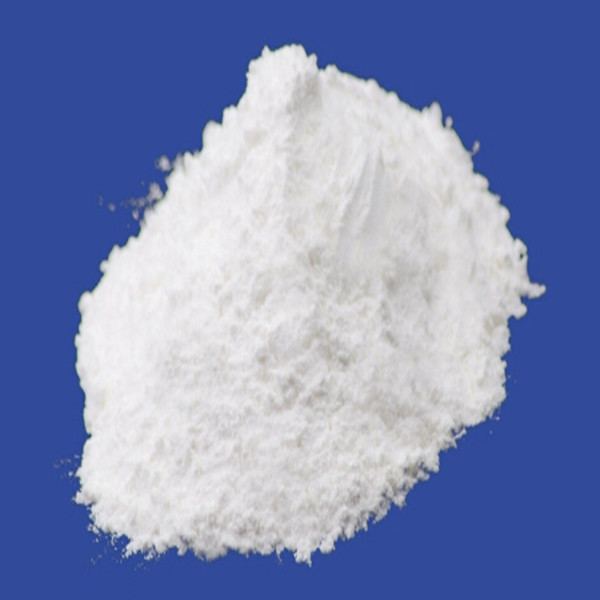 | ||
Appearance Colourless, vitreous crystals Thermodynamicdata Phase behavioursolid–liquid–gas | ||
Beryllia powder beryllium oxide from reade
Beryllium oxide (BeO), also known as beryllia, is an inorganic compound with the formula BeO. This colourless solid is a notable electrical insulator with a higher thermal conductivity than any other non-metal except diamond, and exceeds that of most metals. As an amorphous solid, beryllium oxide is white. Its high melting point leads to its use as a refractory. It occurs in nature as the mineral bromellite. Historically and in materials science, beryllium oxide was called glucina or glucinium oxide. Formation of BeO from beryllium and oxygen releases the highest energy per mass of reactants for any chemical reaction, close to 24 MJ/kg.
Contents
- Beryllia powder beryllium oxide from reade
- Preparation and chemical properties
- Structure
- Applications
- Safety
- References
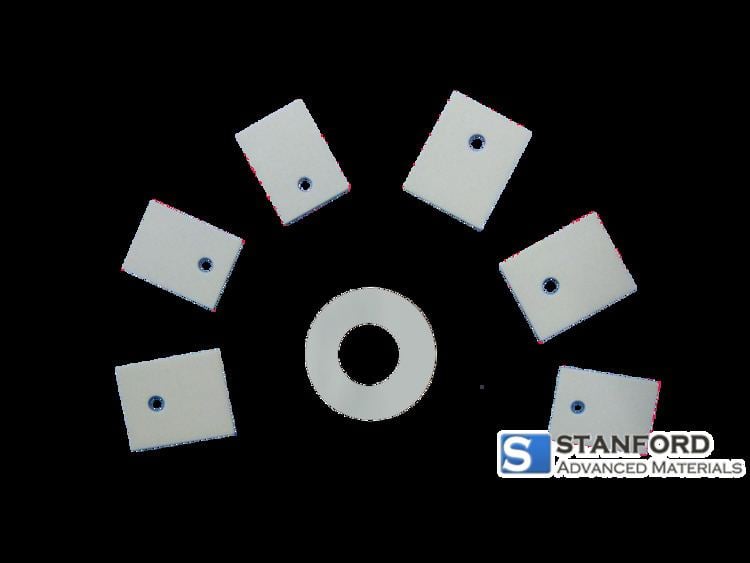
Preparation and chemical properties
Beryllium oxide can be prepared by calcining (roasting) beryllium carbonate, dehydrating beryllium hydroxide, or igniting metallic beryllium:
BeCO3 → BeO + CO2Be(OH)2 → BeO + H2O2 Be + O2 → 2 BeO
Igniting beryllium in air gives a mixture of BeO and the nitride Be3N2. Unlike the oxides formed by the other group 2 elements (alkaline earth metals), beryllium oxide is amphoteric rather than basic.
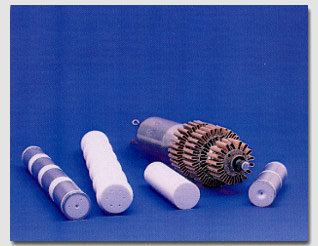
Beryllium oxide formed at high temperatures (>800 °C) is inert, but dissolves easily in hot aqueous ammonium bifluoride (NH4HF2) or a solution of hot concentrated sulfuric acid (H2SO4) and ammonium sulfate ((NH4)2SO4).
Structure

BeO crystallizes in the hexagonal wurtzite structure, featuring tetrahedral Be2+ and O2− centres, like lonsdaleite and w-BN (both of which it is isoelectronic with). In contrast, the oxides of the larger group 2 metals, i.e., MgO, CaO, SrO, BaO, crystallize in the cubic rock salt motif with octahedral geometry about the dications and dianions. At high temperature the structure transforms to a tetragonal form.
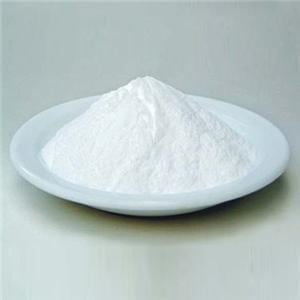
In the vapour phase, beryllium oxide is present as discrete diatomic molecules. In the language of valence bond theory, these molecules can be described as adopting sp orbital hybridisation, featuring two sigma and two pi bonds. The corresponding ground state is .. (2sσ)2(2sσ*)2(2pπ)4, where both degenerate π orbitals can be considered as dative bonds from oxygen towards beryllium.
Applications
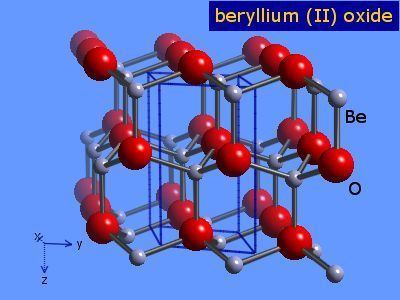
High-quality crystals may be grown hydrothermally, or otherwise by the Verneuil method. For the most part, beryllium oxide is produced as a white amorphous powder, sintered into larger shapes. Impurities, like carbon, can give a variety of colours to the otherwise colourless host crystals.
Sintered beryllium oxide is a very stable ceramic. Beryllium oxide is used in rocket engines, and as a transparent, protective over-coating on aluminised telescope mirrors.
Beryllium oxide is used in many high-performance semiconductor parts for applications such as radio equipment because it has good thermal conductivity while also being a good electrical insulator. It is used as a filler in some thermal interface materials such as thermal grease. Some power semiconductor devices have used beryllium oxide ceramic between the silicon chip and the metal mounting base of the package to achieve a lower value of thermal resistance than a similar construction of aluminium oxide. It is also used as a structural ceramic for high-performance microwave devices, vacuum tubes, magnetrons, and gas lasers. BeO has been proposed as a moderator for naval marine high-temperature gas-cooled reactors (MGCR).
Safety
BeO is carcinogenic and may cause chronic beryllium disease. Once fired into solid form, it is safe to handle if not subjected to machining that generates dust. Beryllium oxide ceramic is not a hazardous waste under federal law in the USA.
